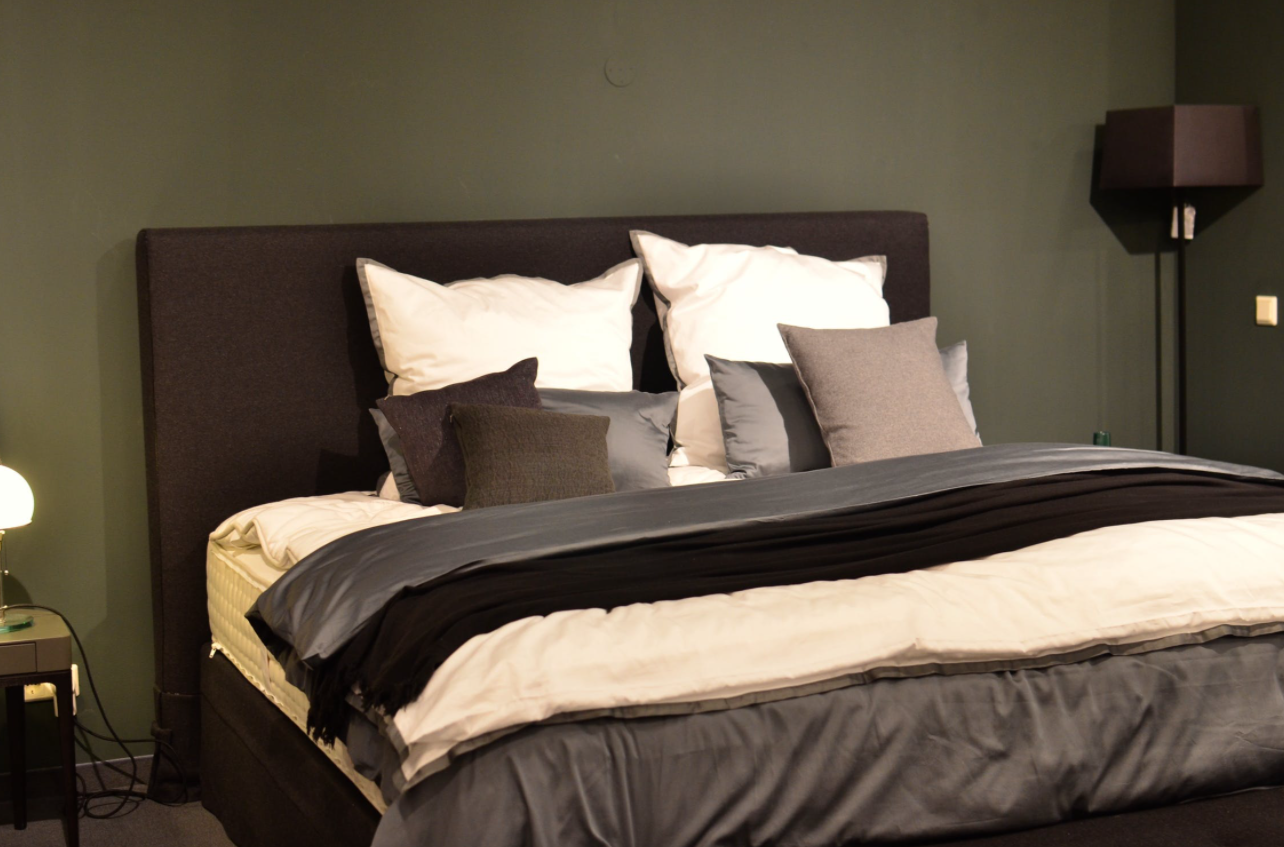Here’s What You Need to Know to Buy the Right Natural Mattress

Purchasing an all natural mattress may be the best investment you could make, here’s why!

Photos By: Unsplash
All-natural mattresses are made with organic cotton, wool, and natural latex. They’re hypoallergenic and don’t give off the dangerous toxins that conventional mattresses can. But it can be hard to tell, just from reading the label, whether a mattress really is made with all-organic materials, or whether it’s merely been made with synthetic materials that haven’t yet been found to be harmful. The most important standards you need to look for when mattress-shopping are the Global Organic Textile Standard (GOTS) and the Global Organic Latex Standard (GOLS). Some other common logos also denote worthwhile manufacturing standards, but they may not indicate that a mattress is made with organic or all-natural materials.

Understanding the GOTS and GOLS Labels
If you know you definitely want a natural mattress made with the highest possible percentage of organic materials, you want to look for the GOTS or GOLS labels. The GOTS label indicates that the textiles in the mattress are 95 percent organic, and it further places restrictions on what chemicals and substances can be used in the other five percent of the mattress. For example, you can’t use chemical flame retardants or polyurethane in a GOTS-certified mattress. GOLS certification is similar, but it speaks to the provenance of the natural latex in the mattress. A GOLS-certified latex mattress must contain at least 95 percent natural latex rubber and adhere to restrictions on what chemicals and components can make up the other five percent of the contents. If you’re shopping for an all-natural, organic latex mattress, get one that is both GOTS- and GOLS-certified — that indicates that both the textiles and the latex in the mattress are certified organic. But if you’re getting a traditional innerspring mattress that doesn’t contain latex, just look for the GOTS label.
Other Labels to Consider
The Department of Agriculture lets mattress manufacturers use the word “organic” in labeling if only a portion of the materials are organic. If you see something like “made with organic cotton” on a mattress label, that means that only a percentage — maybe a small percentage — of the cotton is organic. In order to obtain the USDA certified organic seal, textiles have to be at least 95 percent organic and have to have been processed without the use of certain chemicals. However, maybe you can’t afford a fully organic mattress, or maybe you want some kind of label that puts your mind at ease regarding the volatile toxic compounds (VOCs) a mattress might emit or even whether toxic chemicals were used in the manufacturing process. The Oeko-Tex Standard 100 can give you some idea of the expected VOC emission levels for a given mattress and whether that mattress was produced using allergenic dyes or toxic chemical flame retardants. CertiPUR-US and Greenguard or Greenguard Gold certifications also provide some information on whether a mattress was made with harsh chemicals or emits VOCs. The Organic Content Standard 100 will tell you what percentage of the mattress is of organic provenance, but it doesn’t provide any information about the presence of toxic components or the likelihood of VOC emission.

Materials and Mattress Style
What materials are the best for an organic mattress? Well, it really depends on what you want from a mattress. Crave the firm, body-cradling support and low motion transfer of memory foam? A natural latex mattress will provide a similar sleeping experience, but since natural latex is more breathable than memory foam, you’ll sleep cooler. The natural latex won’t break down as fast as memory foam, either, so you could enjoy the same springiness and support from your mattress for as long as 20 years. However, some people just prefer an innerspring mattress. If you’re really committed to sustainability, you can find one made with organic textiles and recycled wood and metal. You can also go with a hybrid mattress, which combines an innerspring structure with latex foam padding.
It’s not always easy to pick out the right natural mattress for your home — and just because the label says “organic,” doesn’t mean that the mattress materials are actually organic. You need to know what the different industry labels mean and how to recognize which ones denote the real deal. That way, you can buy the natural mattress you need, and enjoy many nights of blissful sleep in a chemical-free, sustainable bed.






